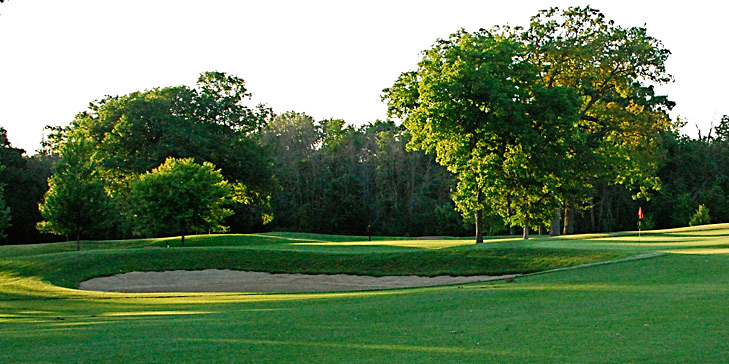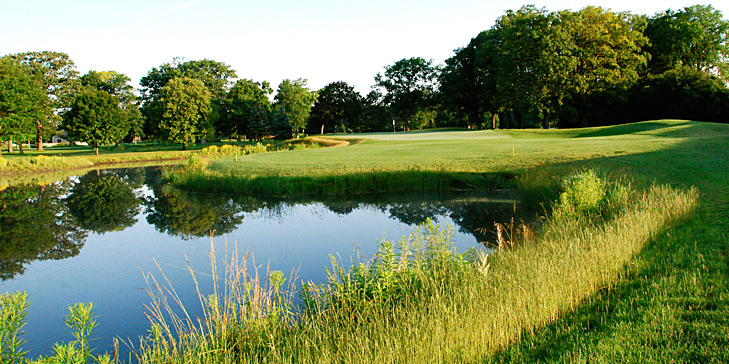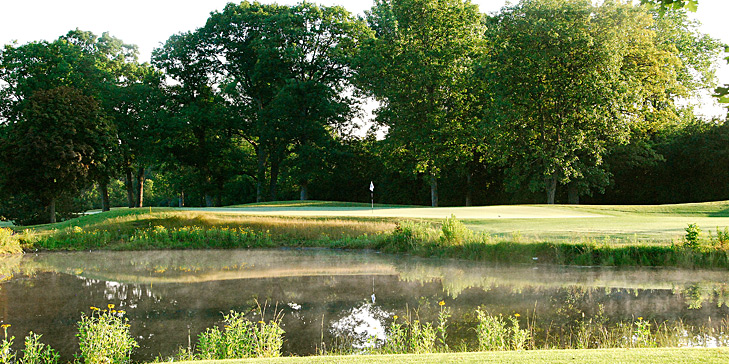The course at Wilmette Golf Club has reopened for play following an extensive renovation project led by the Martin Design firm.
A grand re-opening event was held last weekend at the club in Wilmette, Illinois. Originally designed by Joseph Roseman, the 90-year-old course has historically suffered from frequent flood damage due to its proximity to the north branch of the Chicago River.
Greg Martin spoke to GCA about the project, and explained the condition the course was in when he first came on board.

“Wilmette Golf Club had a library full of improvements from a variety of different decades,” Martin
explained. “Greens constructed or reconstructed in the 1920s, 40s, 70s and 90s; an assortment of bunker styles, shapes, sizes and infrastructure; tees with little or no uniformity; some beautiful stands of oaks, obscured with new plantings that have overgrown fairways; and poor surface and sub-surface drainage capacity.”
Martin Design prepared a master improvement plan in 2011 to address these issues, with the aim of enhancing the public course ‘to better serve the golfing community, providing wider playing corridors with tougher green settings, while simplifying maintenance and providing a more resilient golf course after rain events with more sustainable development options’.

“After multiple iterations and plan refinements, an improvement plan was developed and construction was completed in 2013,” said Martin. “The plan called for 13 new greens to conform with the five existing ‘USGA’ greens; full renovation of all course bunkering; tees for 12 holes; a full drainage system overhaul; ‘through-the-green’ shaping; irrigation upgrades; expanded stormwater management; tree management; and wetland expansion and mitigation.”

The firm worked closely with Wadsworth Golf Construction as well as staff at Wilmette Golf Club on the project. Much of the focus was on trying to solve the drainage problems. In order to achieve this and effectively manage flood frequency, Martin Design developed a plan to expand stormwater management while reducing impacts to golf specific areas.
“Existing ponds were expanded and connected with a bio-swale, and wetlands introduced and mitigated to provide active buffer systems and improve water quality,” said Martin. “Using the material generated by these expansions, fairways and playable areas were raised with permittable standards.”